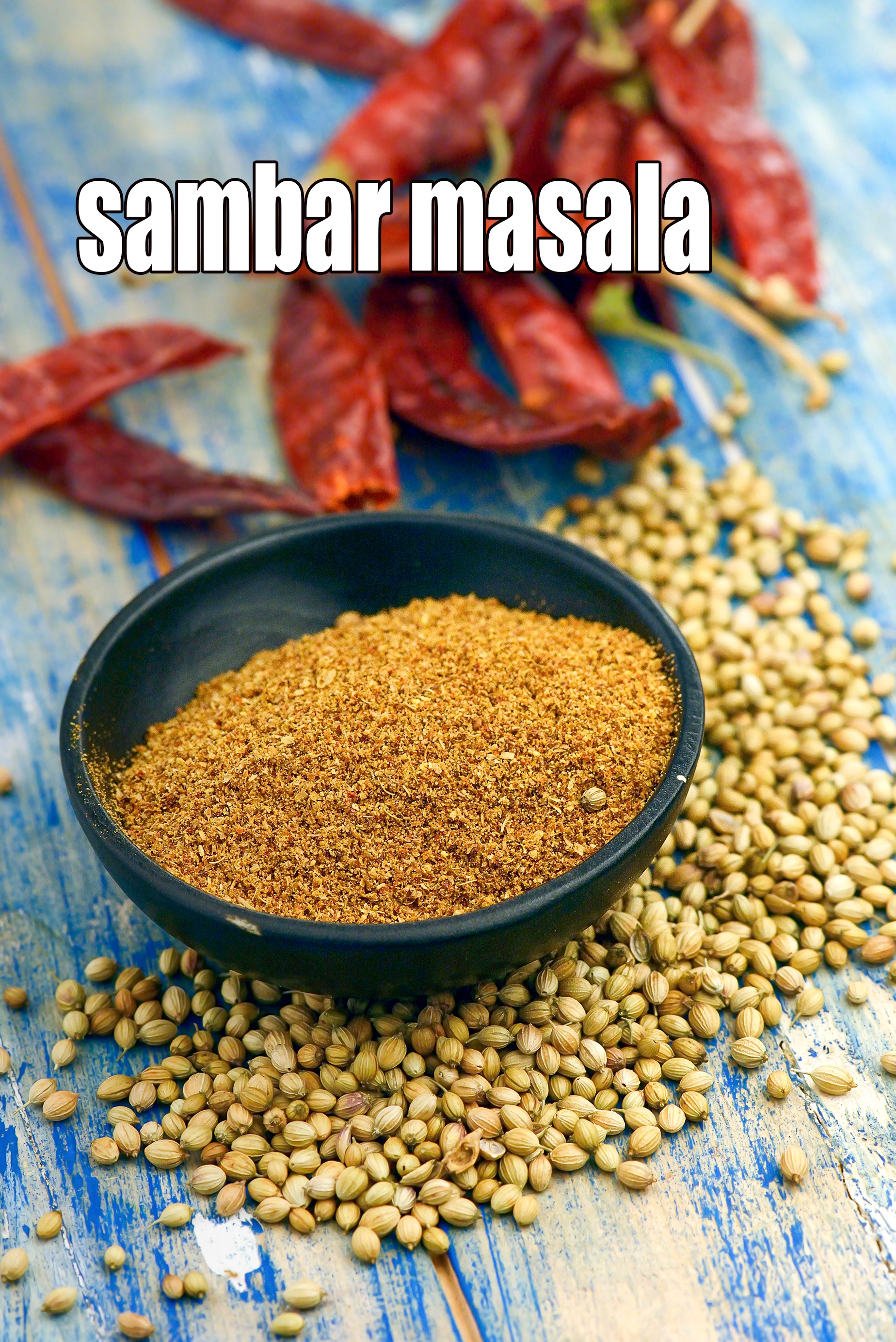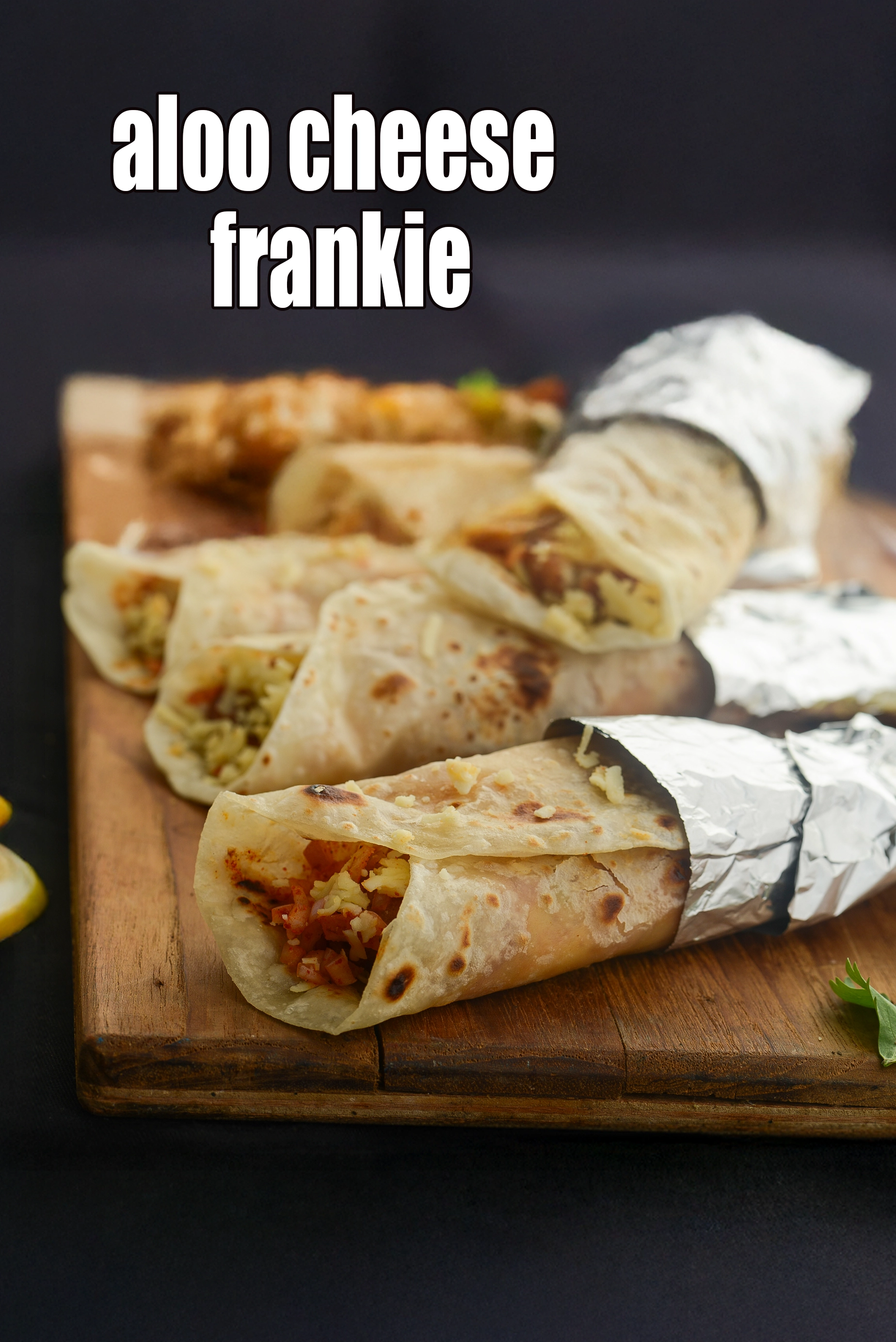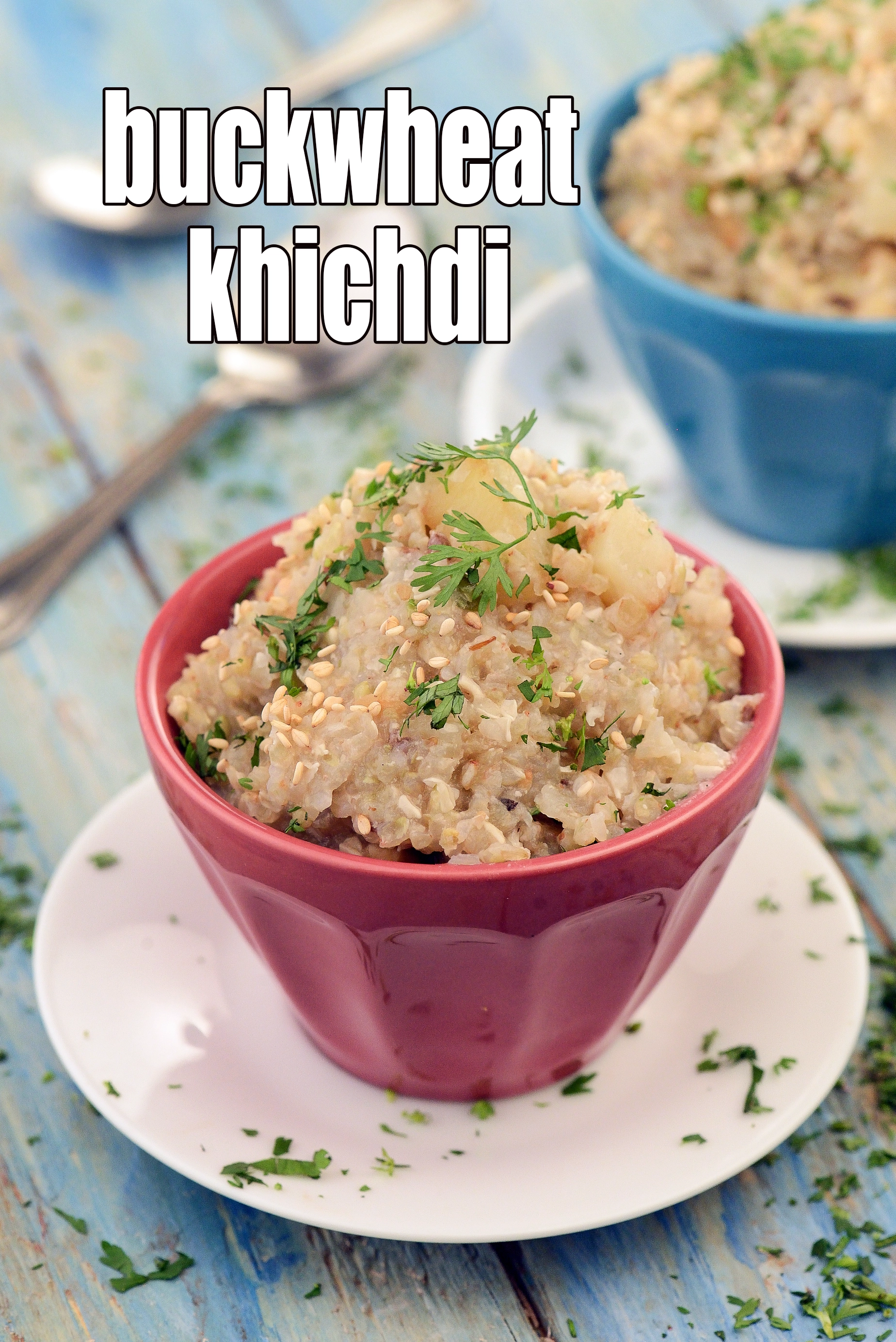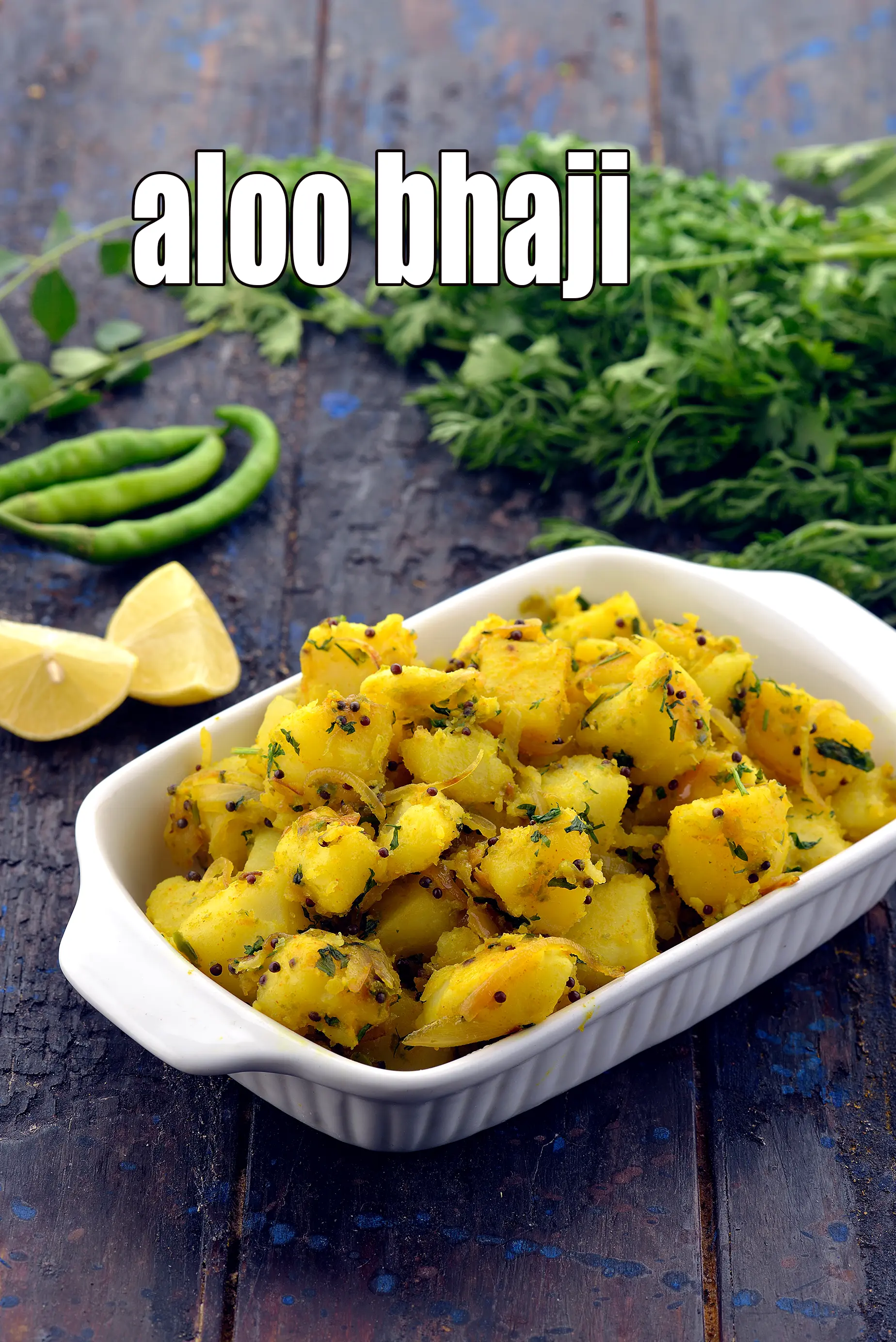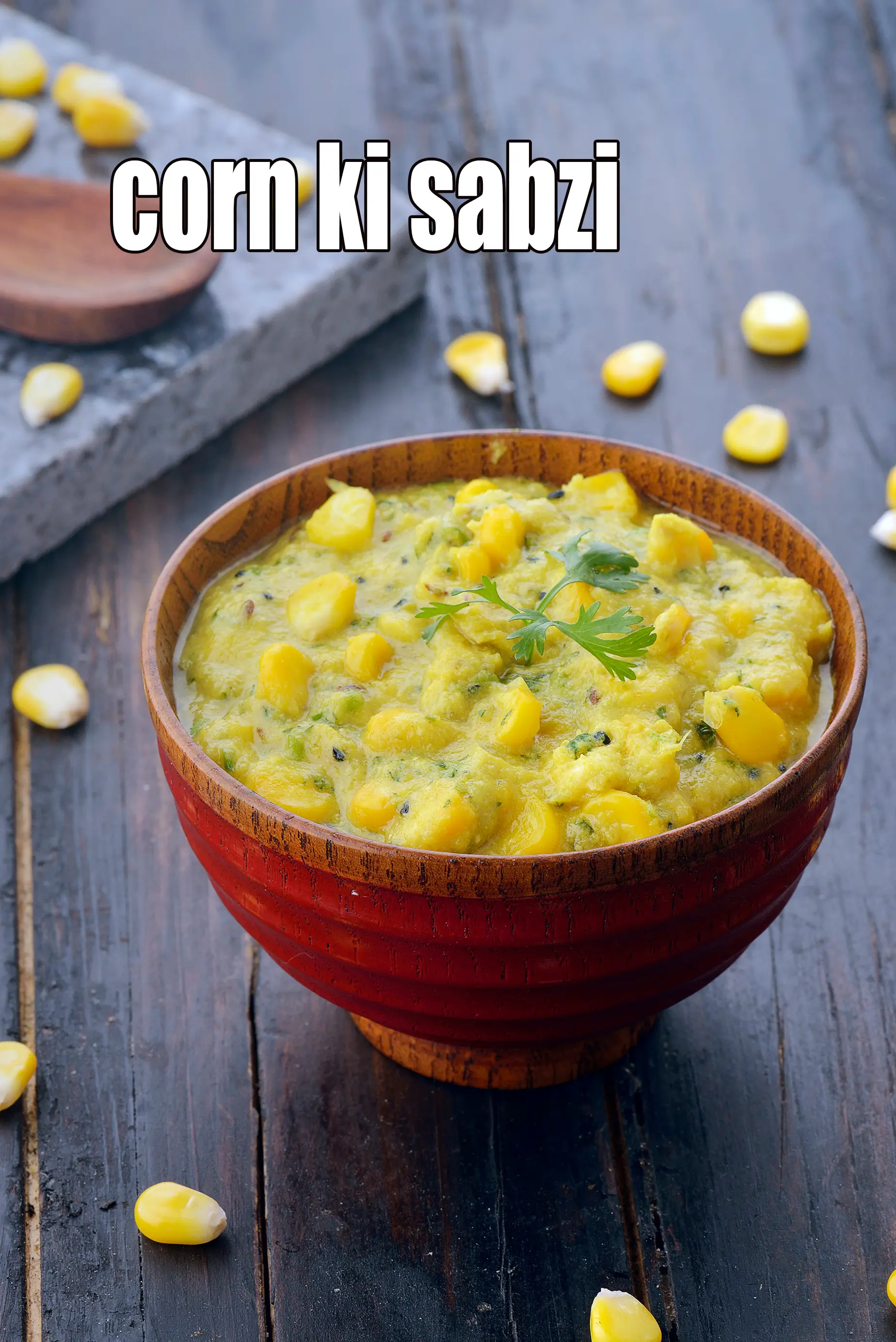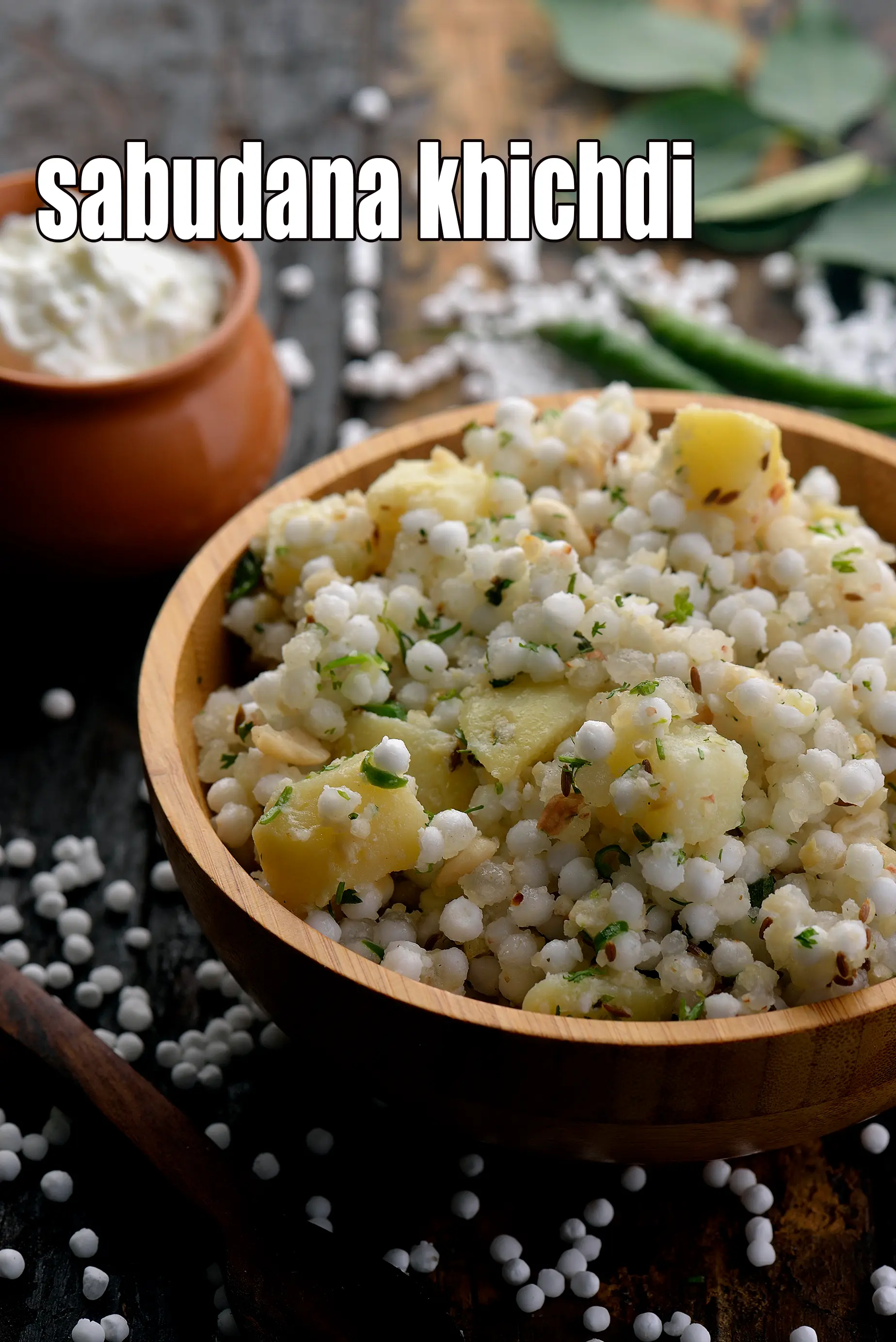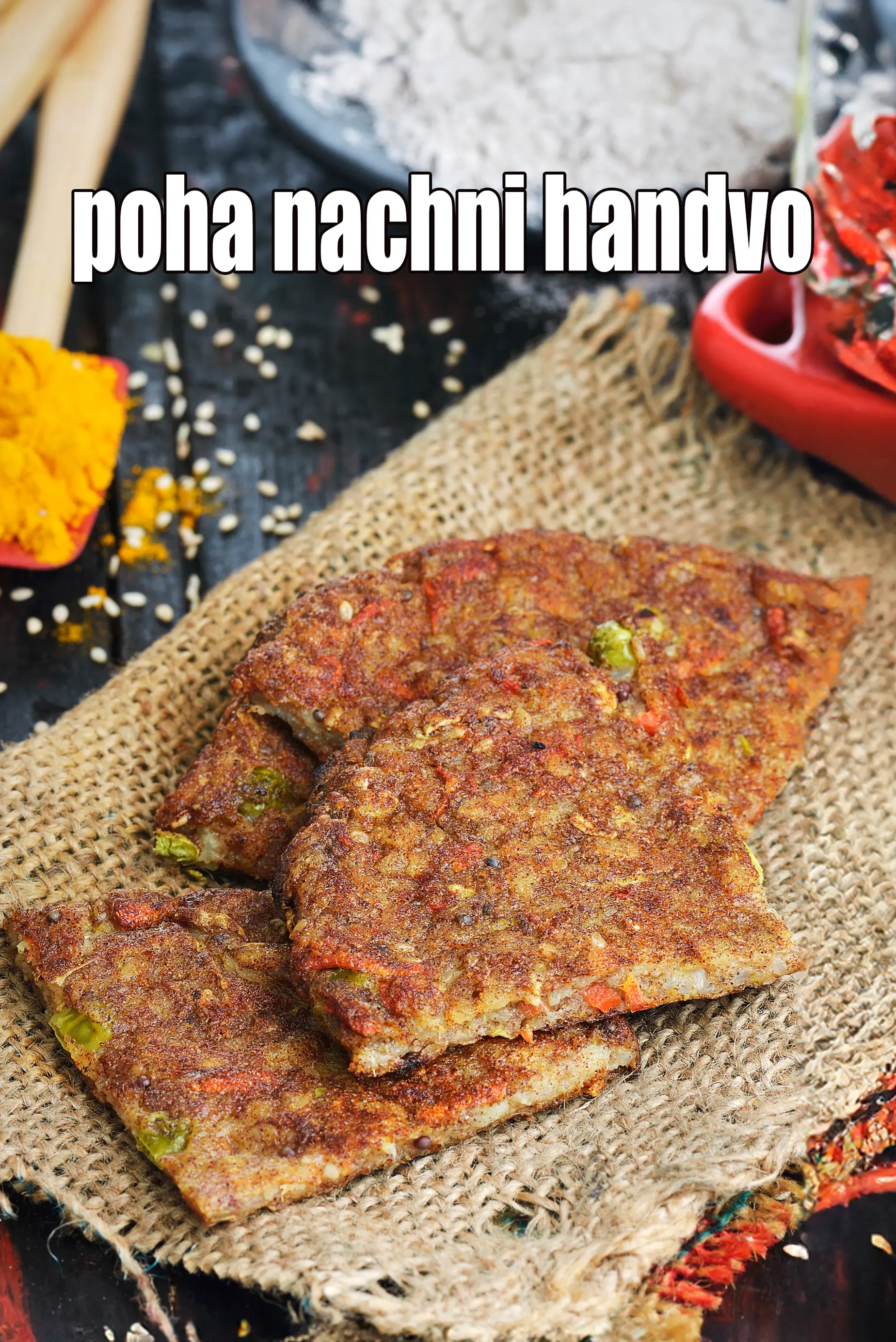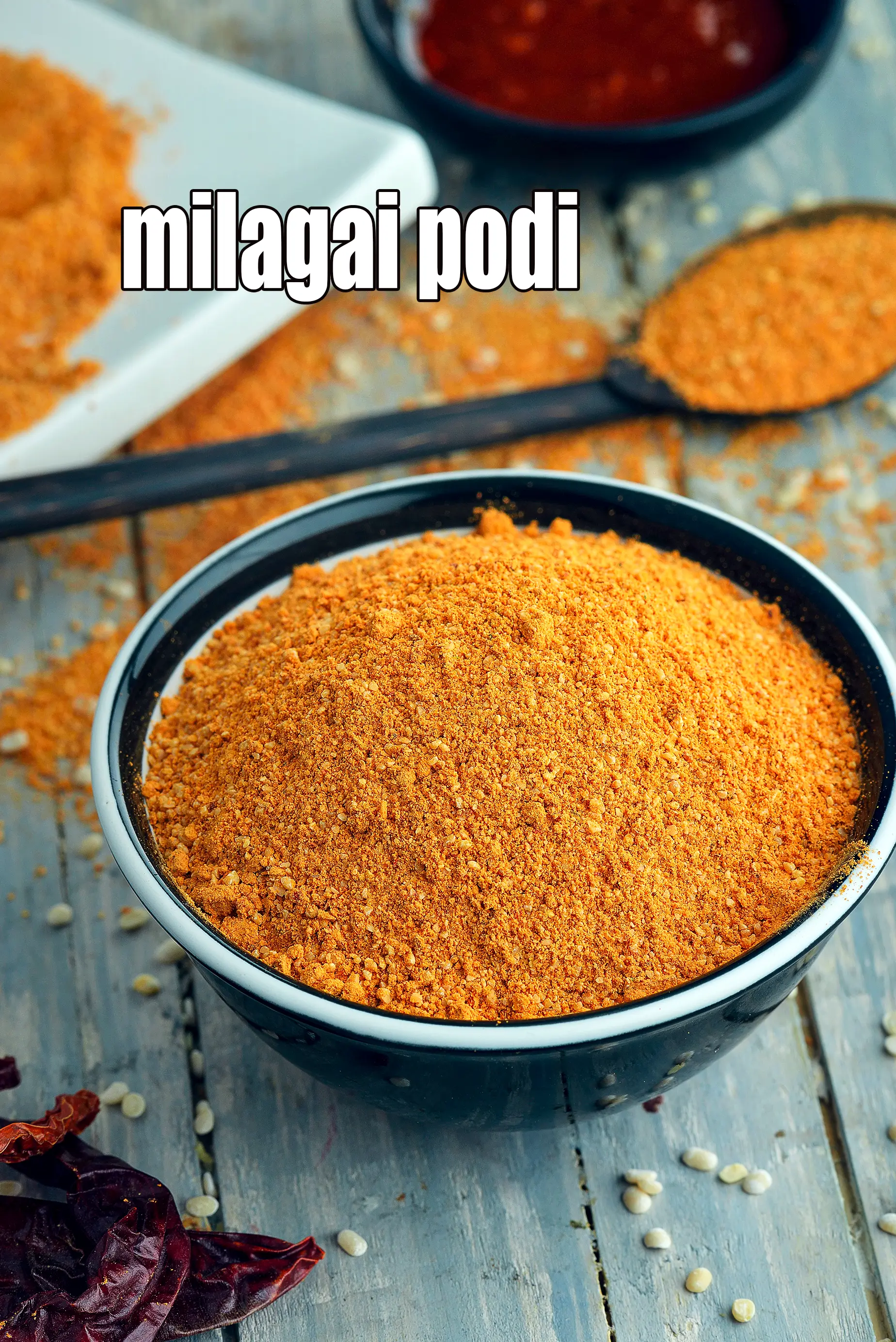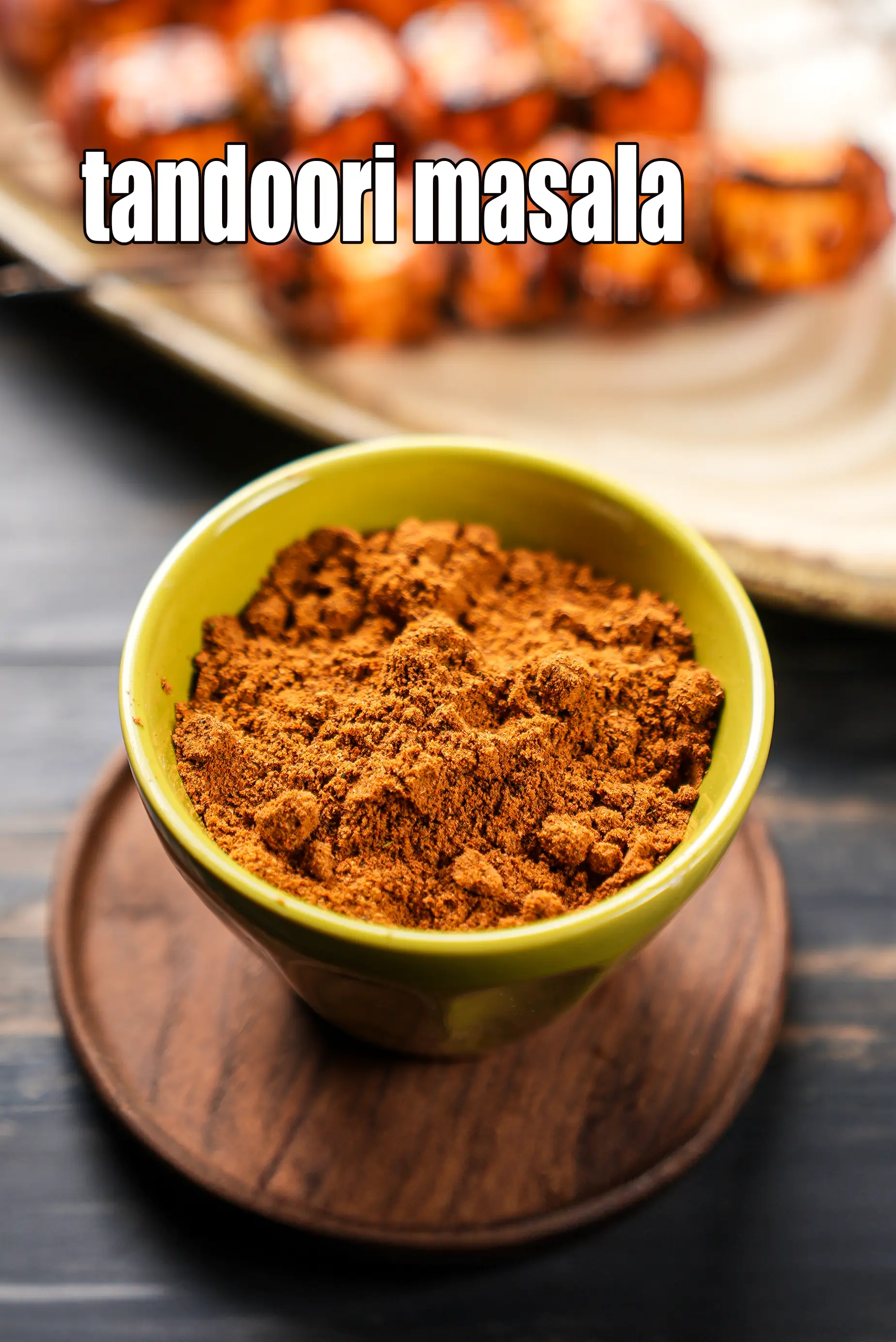Nutritional Facts of Paneer Aur Hare Chane Ki Chaat, Calories in Paneer Aur Hare Chane Ki Chaat
This calorie page has been viewed 2868 times
Table of Content
How many calories does one serving of Paneer Hare Chane Ki Chaat have?
One serving of Paneer Hare Chane Ki Chaat gives 411 calories. Out of which carbohydrates comprise 129 calories, proteins account for 68 calories and remaining calories come from fat which is 216 calories. One serving of Paneer Hare Chane Ki Chaat provides about 20.5 percent of the total daily calorie requirement of a standard adult diet of 2,000 calories.
Paneer Hare Chane Ki Chaat serves 3.
411 calories for 1 serving of Paneer Aur Hare Chane Ki Chaat, Cholesterol 0 mg, Carbohydrates 31.9g, Protein 16.9g, Fat 24g. Find how much fibre, iron, calcium, zinc, magnesium, phosphorus, sodium, potassium, folic acid is present in Paneer Aur Hare Chane Ki Chaat.
See paneer aur hare chane ki chaat recipe | paneer aur hare chane ka salad | healthy high protein chana chaat | with 34 amazing images.
A rare combination of boiled hara chana and fresh paneer cubes is combined with tongue-tickling ingredients to make healthy high protein chana chaat snack! Learn how to make paneer aur hare chane ki chaat recipe | paneer aur hare chane ka salad | healthy high protein chana chaat |
This paneer aur hare chane ka chaat has the strong flavour and aroma of chaat masala, which is accentuated further by the tanginess of lemon juice. A garnish of finely-chopped coriander is a must to complete the peppy experience. Serve this chatpata paneer aur hare chane ki chaat snack hot.
Is Paneer Hare Chane Ki Chaat healthy?
Yes, this is healthy. But restrictions apply to some.
Let's understand the Ingredients.
What's good.
1. Onions (pyaz, kanda) : Raw onions are a very valuable source of vitamin C – the immune building vitamin. Along with other phytonutrients from onions, it helps to build WBC (white blood cells) which serves as a line of defence against illness. Yes, it’s a source of many antioxidants, the most important one amongst them being Quercetin. The quercetin which promotes production of HDL (good cholesterol) and lowers total cholesterol in the body. The sulphur in onions act as a blood thinner and prevents blood clotting too. This in turn would lower blood pressure and good for heart, diabetics. Read the benefits of onions.
Hara chana: Hara chana is a good source of protein as well as carbohydrates. Green chickpeas are also rich in B-vitamins, which help your body use carbohydrates, protein and fat from food. Even more impressive, half a cup of green chickpeas provides one-third of the magnesium and phosphorus needs and about one-fifth of the iron needs daily, supporting your bone, blood cells, muscles and nerve function. Like other beans, hara chana is rich in dietary fibre. The fibre in the chana helps stabilise blood sugar levels and give you a feeling of satiety. Thus it is suitable for weight loss, diabetes and heart disease.
3. Coriander (kothmir, dhania) : The antioxidants vitamin A, vitamin C and the quercetin present in coriander works towards strengthening our immune system. Coriander is a fairly good source of iron and folate – the 2 nutrient which help in the production and maintenance of red blood cells in our blood. Good for reducing cholesterol and good for diabetics. Read 9 benefits of coriander to understand details.
4. Lemon, Lemon Juice : Lemon is a very good source of Vitamin C and thus helps in the production of white blood cells and antibodies in the blood which attacks invading microorganisms, prevents infection and builds immunity. Therefore, Lemon juice is given to prevent common cold. The ascorbic acid in lemon juice helps in absorption of iron from the food. So if you’re iron deficient or have anaemia squeeze a lemon on iron rich recipes. See detailed benefits of lemon, lemon juice.
Paneer + Low Fat Paneer : Paneer contains high quality protein and calcium which aids in weight loss. Since paneer is low in carbs and high in protein it gets digested slowly and hence good for diabetes. Potassium in paneer helps to reduce the effect of high sodium, by lowering blood pressure and contraction of blood vessels, resulting in improved heart health and reduced risk of heart attack. Low fat paneer is has all the same nutrients as full-fat paneer, but it is minus the fat. Great for weight loss and read the interesting article on benefits of paneer.
Can diabetics, heart patients and over weight individuals have Paneer Hare Chane Ki Chaat?
Yes, this recipe is good for diabetics, heart and weight loss. Use low fat curds instead of curd to reduce the fat content of your recipe. But cut the amount of oil used. Hara chana is a good source of protein as well as carbohydrates. Green chickpeas are also rich in B-vitamins, which help your body use carbohydrates, protein and fat from food.
Paneer Chane Ki Chaat is rich in below macronutrients, vitamins and minerals given in descending order (highest to lowest).
- Phosphorus : Phosphorus rich Indian foods works closely with calcium to build bones. Phosphorus rich Indian foods like dairy products ( milk, paneer, curds), nuts ( almonds, peanuts, walnuts) , seeds, jowar, bajra, moong, matki, oats, ragi, whole wheat flour etc. 44% of RDA.
- Calcium. See Calcium rich recipes : Calcium is a mineral that makes bones stay strong. See our list of calcium rich Indian foods. Dairy products: Like milk, curds, cheese, paneer and buttermilk. Green leafy vegetables like spinach, fenugreek, broccoli. Nuts ( almonds, peanuts, walnuts) and ragi. Required from kids to adults.40 % of RDA.
- Protein : Protein is required for managing the wear and tear of all cells of the body. Have protein rich Indian foods like curds, paneer, Greek yoghurt, tofu, almonds, sprouts, chana, rajma, chick peas, quinoa, buckwheat ). 31% of RDA.
- Vitamin B1 (Thiamine) : Vitamin B1 protects nerves, helps in carbohydrate metabolism, prevents heart diseases and helps produce red blood cells. Indian Foods rich in B1 are Flax seeds (alsi), Sunflower seeds, sesame seeds, Garden cress seeds (halim), capsicum, whole wheat flour , chana dal, moong, walnuts, masoor dal, brown rice , jowar, bajra. 30% of RDA.
- Magnesium : Magnesium is required for formation of bones and teeth. It helps in the metabolism of calcium and potassium. magnesium rich Indian foods like leafy vegetables ( spinach, broccoli, kale), pulses ( rajma, chawli, moong ), nuts (walnuts, almonds) , cereals ( jowar, bajra, whole wheat flour, dalia). 19% of RDA.
| Energy | 411 cal |
| Protein | 16.9 g |
| Carbohydrates | 31.9 g |
| Fiber | 2.2 g |
| Fat | 24 g |
| Cholesterol | 0 mg |
| Vitamin A | 452.1 mcg |
| Vitamin B1 | 0.3 mg |
| Vitamin B2 | 0.1 mg |
| Vitamin B3 | 1.1 mg |
| Vitamin C | 5.8 mg |
| Folic Acid | 1.6 mcg |
| Calcium | 242 mg |
| Iron | 2.2 mg |
| Magnesium | 65 mg |
| Phosphorus | 264.6 mg |
| Sodium | 15.3 mg |
| Potassium | 440.1 mg |
| Zinc | 1.5 mg |

Click here to view Paneer Aur Hare Chane Ki Chaat
Calories in other related recipes

